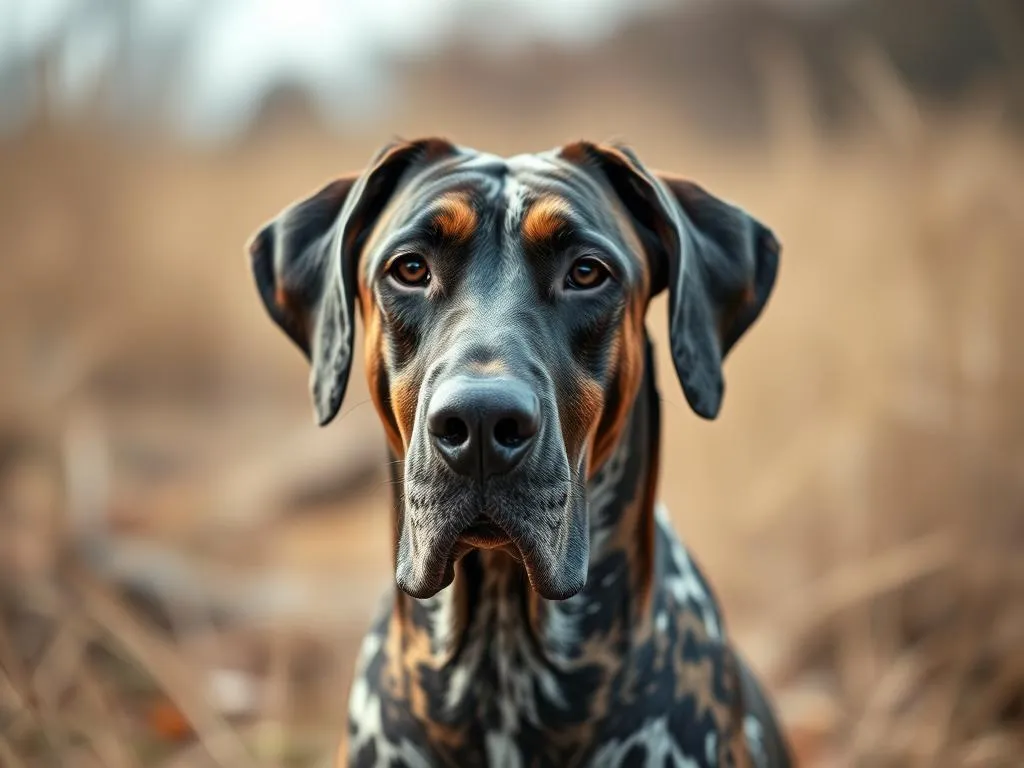
Introduction
The Great Dane is often referred to as the “gentle giant” of the dog world, characterized by its impressive size and friendly demeanor. These dogs have captured the hearts of many as loyal companions and family pets. However, when it comes to their effectiveness in guarding and protection roles, many potential dog owners wonder: is Great Dane a good guard dog? This article aims to evaluate the Great Dane’s suitability as a guard dog by exploring its history, physical characteristics, temperament, and the essential criteria that define an effective guard dog.
Understanding the Great Dane
History and Origin
The Great Dane has a rich history that dates back to ancient civilizations. Originally bred in Germany as a hunting dog, the Great Dane was used to track and capture large game such as wild boar. Over time, their role evolved to include guarding properties and serving as companions to nobility. Their lineage also traces back to mastiff-type dogs, which were prized for their strength and protective instincts.
Physical Characteristics
The Great Dane is known for its towering stature, making it one of the largest dog breeds in existence. Adult males typically weigh between 140-175 pounds, while females range from 110-145 pounds. They can stand anywhere from 28 to 34 inches tall at the shoulder.
Great Danes come in various coat colors, including fawn, brindle, blue, black, harlequin, and more. Their short, smooth coat is relatively low-maintenance, though they do shed seasonally. The breed generally has a lifespan of 7-10 years, which is shorter compared to many other breeds, and they are susceptible to certain health issues like hip dysplasia and bloat.
Temperament and Behavior
The temperament of a Great Dane is typically characterized by a friendly, affectionate, and gentle nature. They are known to be good with children and can be quite social with other pets if properly introduced. Although Great Danes may seem intimidating due to their size, they are generally not aggressive unless provoked. They thrive on companionship and need to be included in family activities.
Proper socialization from a young age is crucial for Great Danes to develop into well-rounded adults. Without adequate exposure to various environments, people, and situations, they may become overly shy or defensive.
Guard Dog Criteria
What Makes a Good Guard Dog?
To determine whether the Great Dane is a good guard dog, it is essential to understand the key traits that define effective guard dogs. These traits typically include:
- Loyalty: A strong bond with their handler or family.
- Bravery: The courage to confront threats.
- Protective Instincts: An innate desire to safeguard their territory and loved ones.
- Intelligence: The ability to assess situations and respond appropriately.
Additionally, training and socialization play a significant role in developing a dog’s guarding capabilities. A well-trained dog that understands its role can be an effective protector.
Comparison with Other Guard Dog Breeds
While Great Danes have their unique attributes, they must be compared with other popular guard dog breeds. Here’s a brief overview:
- Rottweilers: Known for their loyalty and protective instincts, Rottweilers are highly trainable and often serve as police and military dogs.
- German Shepherds: Renowned for their intelligence and versatility, German Shepherds excel in various roles, including protection, search and rescue, and service work.
- Doberman Pinschers: These dogs are known for their alertness and loyalty, making them effective guard dogs, often used in security roles.
Each breed has its strengths and weaknesses, and the choice depends on individual preferences and circumstances.
Is Great Dane a Good Guard Dog?
Protective Instincts of Great Danes
Great Danes possess natural protective instincts, but their approach to guarding can vary. While they are not inherently aggressive, they are often cautious and alert in unfamiliar situations. Their size alone can be a deterrent for potential intruders, as the presence of a large dog can discourage unwanted visitors.
Instances exist where Great Danes have excelled as protectors. Many owners report that their Great Danes have barked to alert them of strangers or unusual noises, showcasing their protective nature. However, it is essential to note that their protective behavior often stems from their bond with family rather than an inherent guarding instinct.
Training for Guarding
Training is a crucial aspect of developing a Great Dane’s guarding abilities. Proper training and socialization can enhance their protective instincts while ensuring they remain well-mannered and friendly. Recommended training techniques include:
- Basic Obedience Training: Teaching commands like sit, stay, and come is essential for establishing control.
- Socialization: Exposing your Great Dane to various people, environments, and situations helps reduce fear and anxiety.
- Positive Reinforcement: Rewarding desired behaviors can significantly improve their responsiveness and willingness to learn.
That said, training a Great Dane can come with challenges. Due to their size and strength, it is vital to establish leadership early on. Inexperienced handlers may find it difficult to manage their behavior, leading to potential issues if not addressed.
Real-Life Experiences and Case Studies
Many Great Dane owners report positive experiences with their dogs as protectors. Numerous anecdotes highlight instances where Great Danes have successfully deterred intruders simply by their presence. For example, there are stories of Great Danes barking loudly at strangers approaching their home, forcing them to rethink their intentions.
While these stories are encouraging, it is essential to remember that individual experiences can vary. The effectiveness of a Great Dane as a guard dog often hinges on its training, upbringing, and the specific environment in which it is raised.
Advantages of Having a Great Dane as a Guard Dog
Size and Presence
One of the most notable advantages of having a Great Dane as a guard dog is its sheer size. Their imposing stature can create a formidable visual deterrent for would-be intruders. People often think twice before approaching a property where a Great Dane resides, perceiving the dog as a potential threat.
Temperament and Family Dynamics
Despite their size, Great Danes are known for their gentle and affectionate nature. They typically form strong bonds with their families, making them excellent companions. Their friendly demeanor around children and other pets allows them to balance their guarding instincts with a loving approach, ensuring that they can protect while also being a cherished family member.
Disadvantages of Having a Great Dane as a Guard Dog
Potential for Over-Friendliness
One significant drawback of the Great Dane as a guard dog is their tendency toward over-friendliness. While this trait makes them excellent family pets, it can be a liability when it comes to guarding. Great Danes may greet strangers with enthusiasm rather than caution, potentially compromising their effectiveness as protectors.
Physical Limitations
Health issues are another concern for Great Danes that may affect their guarding ability. Common problems like hip dysplasia, bloat, and heart conditions can limit their physical capabilities. Additionally, their shorter lifespan means that owner commitment to health and wellness is crucial. Proper care and regular veterinary check-ups are essential to maintain their well-being.
Conclusion
In summary, the Great Dane possesses both advantages and disadvantages when it comes to guarding roles. While their size and presence can deter intruders, their friendly nature may hinder their effectiveness as traditional guard dogs. The protective instincts of Great Danes can be enhanced through proper training and socialization, but they are not as naturally inclined to guard as breeds like Rottweilers or German Shepherds.
Ultimately, whether a Great Dane is a suitable guard dog depends on individual circumstances, including the environment and the owner’s training approach. For families seeking a gentle giant that can also provide a level of protection, a Great Dane might be an excellent choice, but potential owners should carefully consider their needs and expectations.
FAQs
Can Great Danes be trained to be guard dogs?
Yes, Great Danes can be trained to exhibit protective behaviors, but they require consistent training and socialization.
How do Great Danes compare to other guard dog breeds?
While Great Danes have a strong presence, other breeds like Rottweilers and German Shepherds may be more naturally inclined to guard due to their protective instincts.
Are Great Danes protective of their families?
Great Danes can be protective, especially when they have a strong bond with their family, but they are generally not aggressive.
What are the best training methods for a Great Dane?
Positive reinforcement, basic obedience training, and socialization are key methods for training a Great Dane effectively.
How do I know if my Great Dane is suitable for guarding?
Assess your Great Dane’s temperament, training, and socialization experiences to determine its guarding suitability. Observing their reactions to strangers and unusual situations can also provide insight.
This comprehensive examination of the Great Dane as a potential guard dog should help prospective owners make informed decisions about whether this breed aligns with their guarding needs and lifestyle.









